#National Museum in Kraków
Text

Krokusy i Kaczeńce (eng: Crocuses and Marsh-Marigolds), 1907 by Stanisław Witkiewicz (1851–1915)
#stanisław witkiewicz#art#painting#oil painting#oil on canvas#20th century art#polish art#polish painters#realism#National Museum in Kraków#landscape#nature
141 notes
·
View notes
Text
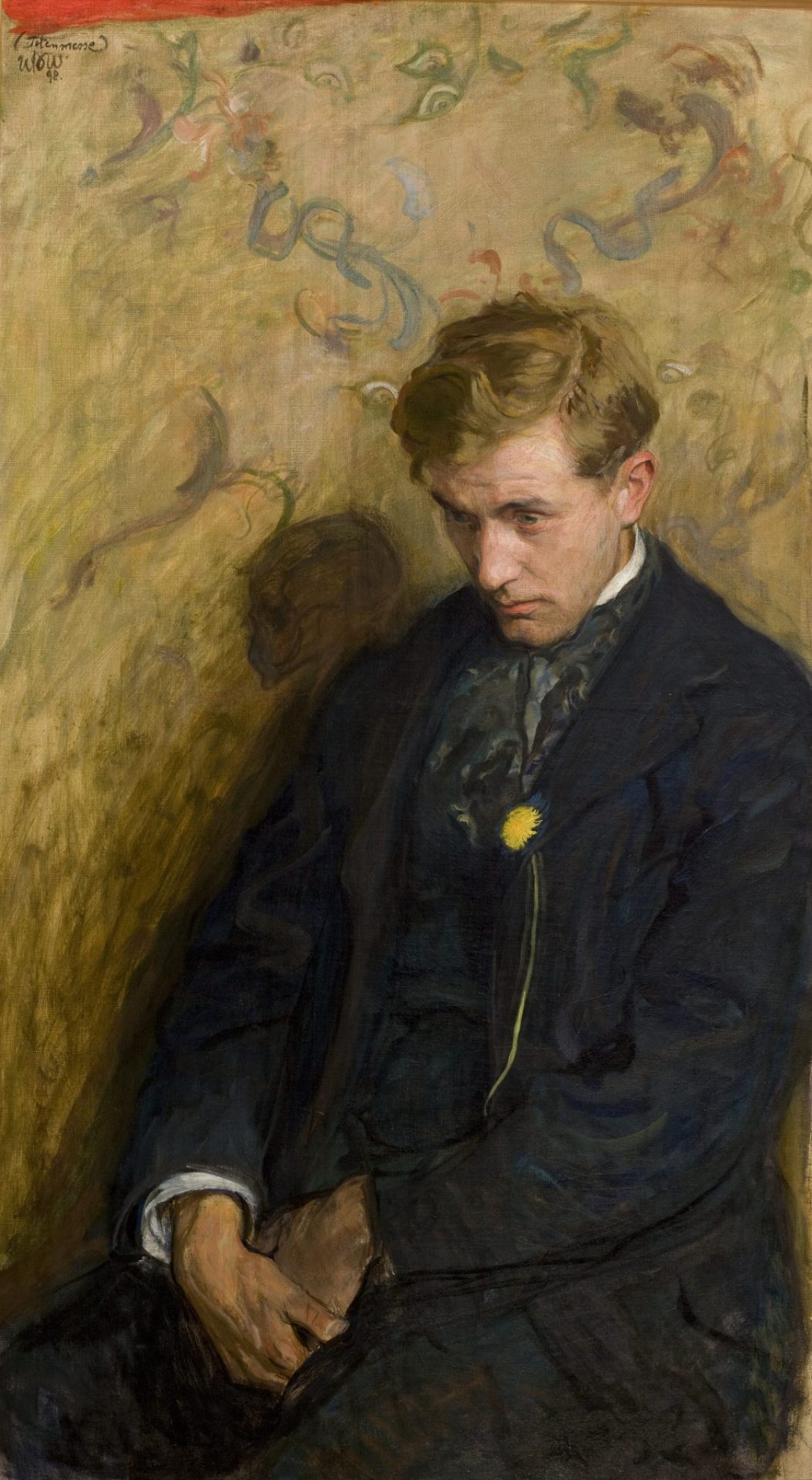
#art#paintings#museum#art pieces#tumblr art#Melancholic (Totenmesse)#1898#by Polish painter Wojciech Weiss (1875-1950)#National Museum in Kraków#Poland. [1124x2048]
404 notes
·
View notes
Text
GOLDEN FLEECE - THE ART OF GEORGIA
The National Museum in Krakow is already inviting you to the first not only in Poland, but probably also in Europe, such a comprehensive, panoramic and wide-ranging exhibition of Georgian art - from the oldest traces of human activity through stunning, ancient examples of Kolchida gold, stone steles of the early Middle Ages, the most ancient traces of human activity, enchanting ancient examples of Colchis gold, stone steles of the early Middle Ages, shimmering with a blaze of colours medieval illuminated codices, modern clothes, militaria, through landscapes illustrating the changing face of Tbilisi and paintings by Pirosmani, to avant-garde art of the 20th century, including the contribution to its development of Polish artists, who tied their lives to this beautiful and unusual country
ZŁOTE RUNO - SZTUKA GRUZJI
18.04-15.09.2024
#I so much wish to see it!😍 though I live quite far away from Kraków but why not make this an excuse to visit the town again?🥰#georgian culture#georgian art#georgia#საქართველო#art of georgia#art exhibition#kraków#krakow#poland#polska#national museum in krakow#muzeum narodowe w krakowie#mnk
0 notes
Text

Pantaleon Szyndler (Polish, 1846 - 1905) Bathing Girl, 1885 - National Museum in Kraków
324 notes
·
View notes
Text
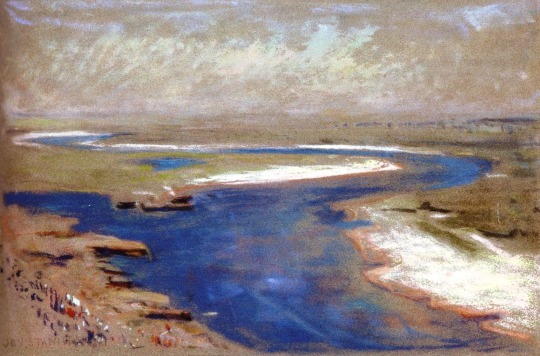

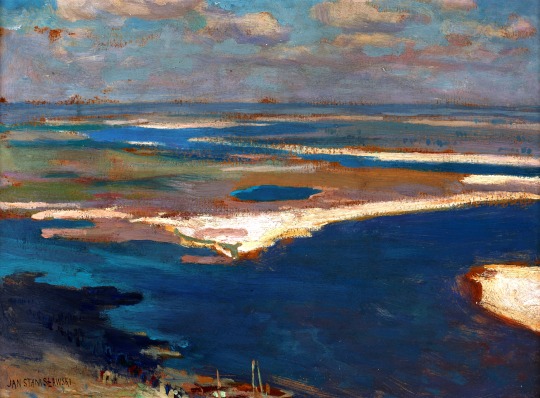
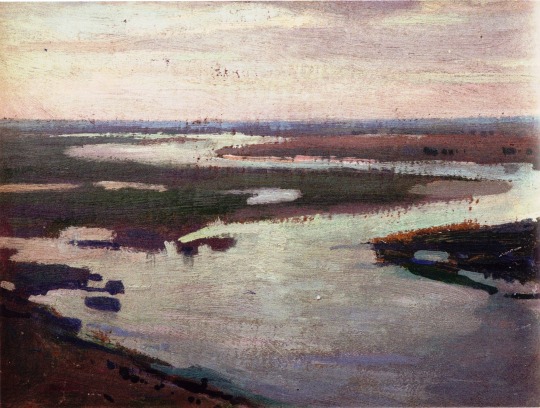
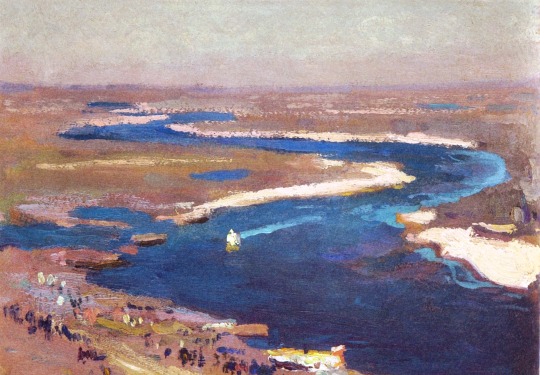
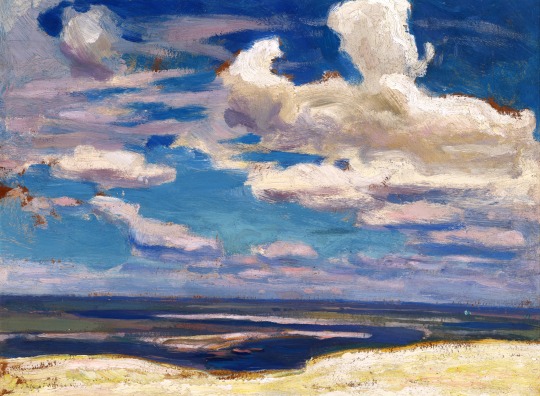
The Dnieper by Jan Stanisławski (1860-1907), the Polish artist, born near Korsuń (Корсунь) in Ukraine.
The Dnieper in Summer, pastels on cardboard, 34,4 cm X 51 cm (c. 1904). From a private collection.
The Dnieper, pastels on paper, 33,7 cm X 52 cm (c. 1903)
The Dnieper River in Blue, oils on cardboard, 23,8 cm X 32 cm (1904)
The Dnieper Limans at Dawn, oils on cardboard, 16,2 cm X 22,2 cm (1903)
The Sapphire Dnieper, oils on Bristol board, 16 cm X 24 cm (1904)
A Cloud over the Dnieper, oils on Bristol board, 24 cm X 32,3 cm (1903)
Paintings 2-5 are from an art collection of the National Museum in Kraków (Poland):
#dnieper river#ukraine#ukrainian landscape#polish art#jan stanisławski#landscape art#art#landscape painting
247 notes
·
View notes
Photo
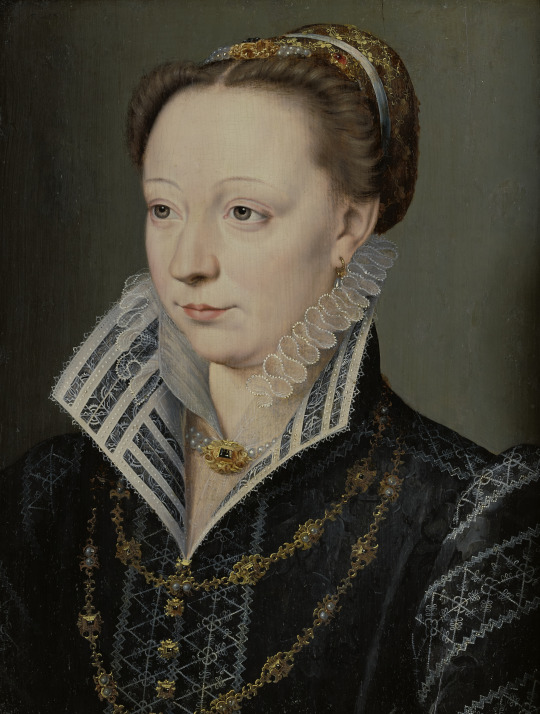
ab. 1571 Unknown artist, style of Francois Clouet - Portrait of Claude Catherine de Clermont-Tonnerre, Duchess of Retz
(National Museum, Kraków)
455 notes
·
View notes
Photo

Pantaleon Szyndler (Polish, 1846 - 1905)
Bathing Girl, 1885
National Museum in Kraków
#Pantaleon Szyndler#different colour#art#polish art#poland#bathing girl#1800s#european art#traditional art#oil painting
307 notes
·
View notes
Text
i'm browsing the digital catalogue of the national museum in kraków and what. titty nipple armor
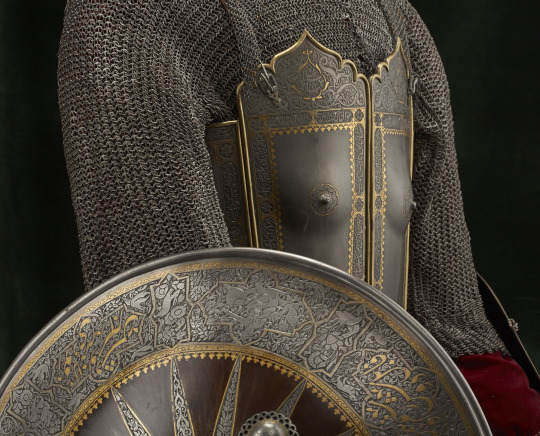
251 notes
·
View notes
Text

Wilhelm Kotarbiński (Polish, 1848-1921 )
Tomb of a Suicide
MNK II-b-539 - National Museum Kraków.
58 notes
·
View notes
Text
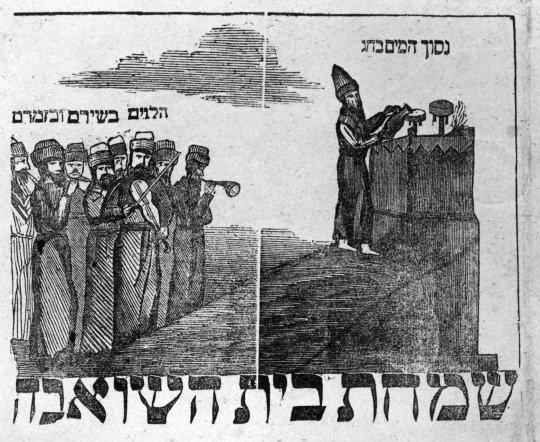
Simchat Torah banner, Poland, 19th century
The illustration depicts Simchat Beit Ha'Shoevah (שמחת בית השואבה, "happiness of the house of water-drawing"), a celebration that takes place during Sukkot
The National Museum in Kraków / Bezalel Narkiss Index of Jewish Art, via shvlman on Twitter
102 notes
·
View notes
Text
if you are looking for stuff to submit for the third tournament:
Polish Masters of Art fb page + instagram profile
Polish Art Now instagram profile
National Museum in Warsaw fb page + instagram profile
National Museum in Kraków instagram profile
NM in Kielce instagram profile
culture.pl
niezlasztuka.net
SUBMISSION FORM HERE
23 notes
·
View notes
Text
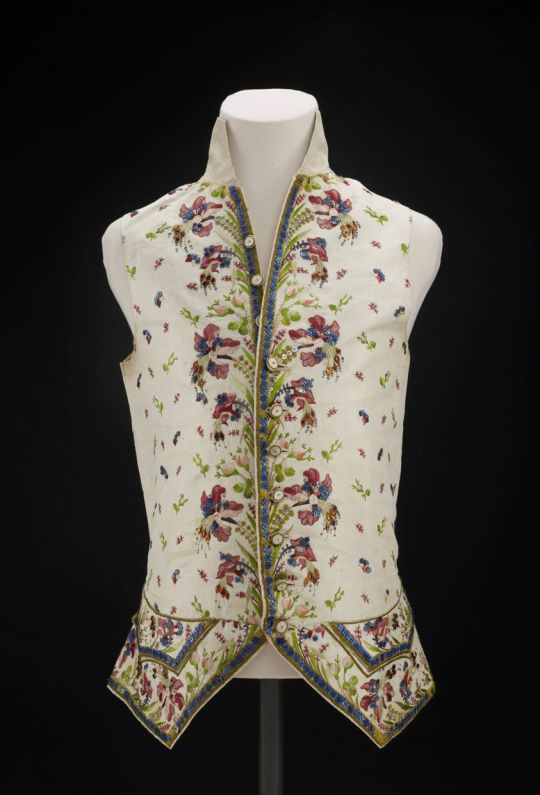
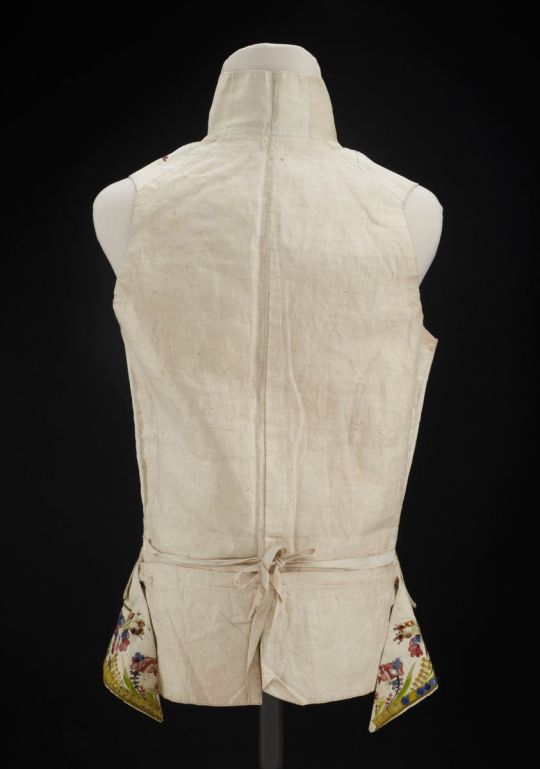


The height of the collar and the shortness of the hem of this beautiful waistcoat mark it as being from the 1780s or possibly the early 90s. Crafted of white silk taffeta the back is plain white linen with a tie to adjust the fit.
It is likely this was originally part of a French made Habit du Cour. The waistcoat’s embroidery is very fine and includes not just several colors of silk floss but also metal foil sequins and glass stones. The glass pieces are blue squares and orange diamonds. The sequins are either blue or silver and vary significantly in size over the design.
Of note is also the positioning of the waistcoat’s buttons. It was common for buttons to be positioned right at the edge of the waistcoat front opening, with the buttonholes doing the work of creating the desired overlap. This positioning would change in the 1800s when the buttons would retreat from the edge and the overlap would be accomplished uniformly by both sides.
Collection of the National Museum, Kraków, Poland.
79 notes
·
View notes
Text
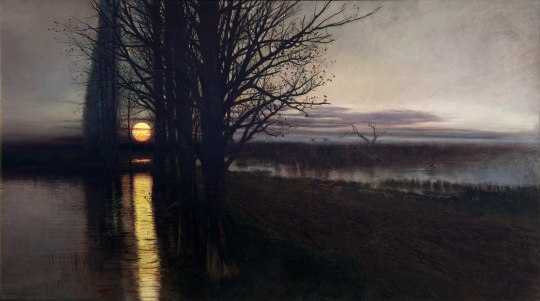
#art#paintings#museum#art pieces#tumblr art#Moonrise#Stanisław Masłowski#1884#National Museum in Kraków. [2880x1605]
125 notes
·
View notes
Photo

National Museum, Kraków, 1958. From the Budapest Municipal Photography Company archive.
273 notes
·
View notes
Text
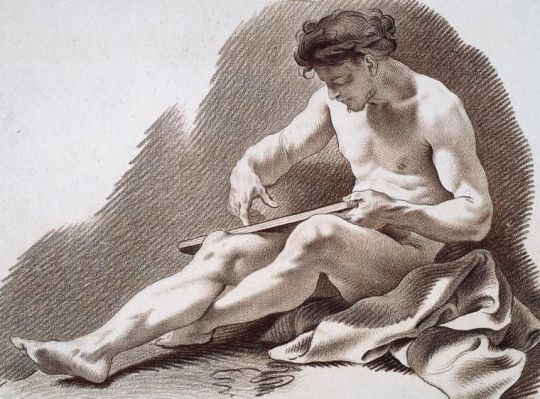
Kosciuszko the Artist
Male Nude' by Tadeusz Kościuszko, photo: National Museum in Kraków.
Kościuszko left for France in 1769 on a royal scholarship and immediately enrolled at the Royal Academy of Painting and Sculpture, one of the finest art schools of the era. Although he eventually quit the course after only a year, the drawings remaining from that period suffice to tell us something about Kościuszko the artist.
In France, Kościuszko would undergo a programme that began with copying works of graphic art, then executing sketches of ancient sculptures, before producing portraits of live models. Only then would Kościuszko set about creating his own compositions in drawing and painting.
7 notes
·
View notes
Text

Jan Stanisławski (1860-1907), the Polish artist, born near Korsuń (Корсунь) in Ukraine.
St Michael's Golden-Domed Monastery in Kyiv, oil painting on cardboard, 23,5 cm X 32,5 cm (1903)
From the collection of the National Museum in Kraków (Poland):
#polish art#jan stanisławski#ukrainian history#ukrainian culture#st michael's golden-domed monastery#kyiv#київ#ukraine
196 notes
·
View notes